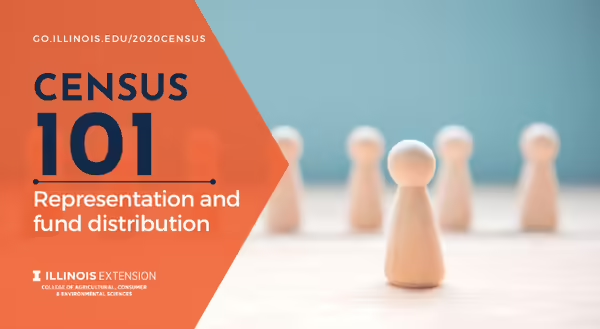
The 2020 Census Impacts Representation
Census data determines how many representatives each state receives in the U.S. House of Representatives. Illinois is expected to lose one congressional seat, but Illinois could lose two congressional seats based on the population totals informed by the 2020 Census. Census data is also used to redraw congressional and state legislative district boundaries. Without a full count of our residents and where they live, we can’t draw maps that accurately reflect our state. This will directly impact how our state is represented on the federal level.
The 2020 Census Impacts How Federal Funds are Distributed
Census data provides a picture of our nation that helps our elected officials determine how over $675 billion in federal funds are distributed annually in support of programs that impact older people, low-income residents, college students and young children. These programs include Medicare Part B, Medicaid, Supplemental Nutrition Assistance Program (SNAP), Children’s Health Insurance Program (CHIP), Section 8 Housing Assistance, the National School Lunch Program (NSLP), Federal Pell Grants, Title 1 Aid, Head Start, Unemployment Insurance, Highway Planning and Construction, Assistance to Firefighters Grants, and grants for special education, adult education, and career and technical education.
Access to these programs and the support they provide are crucial for many of our state’s residents. It is important that everyone participates in the Census so that our state receives a fair allocation of these funds from the federal government.
It is not too late to complete the 2020 Census. It only takes a few minutes to shape the future.
The content for this post was contributed by Susan Odum and Zach Kennedy, Extension Specialists in Community and Economic Development.
This project is funded by the Illinois Department of Human Services in partnership with the Illinois Department of Agriculture.